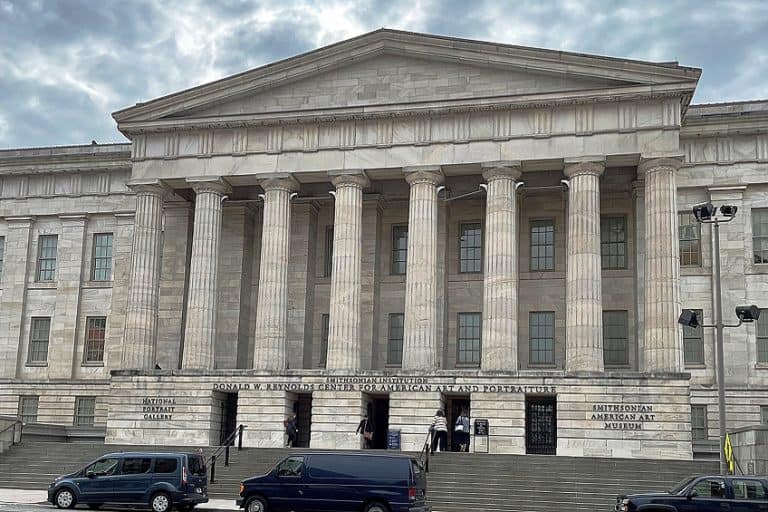Famous Jewish Artists – A Rich Cultural and Artistic Heritage
Jewish artists have made profound contributions to the art world, spanning diverse styles, periods, and mediums. From the delicate etchings of Marc Chagall, known for his dreamlike depictions of Jewish village life, to the bold abstract compositions of Mark Rothko, whose works evoke deep emotional resonance, Jewish artists have played a pivotal role in shaping modern and contemporary art. This rich artistic heritage also includes the pioneering photography of Man Ray, the vibrant portraits of Amedeo Modigliani, and the politically charged works of Leon Golub. Each of these artists draws upon their cultural and religious heritage, infusing their creations with a unique perspective that reflects the complexities of Jewish identity and experience. Through their groundbreaking work, these artists have not only enriched the visual arts but also contributed to broader cultural and social discourses.
Key Takeaways
- Jewish artists have played a key role in various art movements.
- Their cultural and historical experiences deeply influence their work.
- Jewish art continues to evolve, reflecting both tradition and modernity.
Historical Context of Jewish Art
Jewish artists have made significant contributions to the world of art, influencing various styles and movements with their unique perspectives. Marc Chagall, one of the most renowned Jewish painters, blended elements of cubism and surrealism in his work. His whimsical and vibrant paintings reflect his deep connection to Jewish culture and heritage.

Jewish painters began to gain more recognition as they were admitted to Europe’s top fine arts academies and became more assimilated into mainstream society. This acceptance allowed their works to be commissioned and displayed widely, creating a rich tapestry of Jewish artistic expression. From the detailed sketches of book illustrations to the grandiosity of stained glass, their impact is undeniable. Their legacy continues to inspire new generations of artists, who explore and reinterpret Jewish themes in contemporary contexts. These artists not only preserve their cultural heritage but also adapt it, making Jewish art a dynamic and evolving field.
Jewish Art and Culture Through the Ages
Jewish artistic expression began in ancient Israel with the Israelites. During the Second Temple Period, Jewish art developed under the influence of various empires. Synagogues were adorned with elaborate mosaics and frescoes, reflecting a blend of Jewish and regional styles. In medieval Europe, Jewish art was often tied to religious practices. Manuscripts and ritual objects like the Torah ark and Hanukkah menorah were richly decorated.
These items not only served religious purposes but also preserved Jewish identity during times of diaspora and persecution.
Impact of the Holocaust on Jewish Artists
The Holocaust profoundly affected Jewish artists and their work. Many artists perished, while those who survived bore the emotional scars of the atrocities. Marc Chagall’s White Crucifixion, for instance, captures the immense suffering of Jews during this period. Artists created works that depicted the horror and despair of life in concentration camps. These pieces serve as powerful reminders of the past and as historical records. Post-war, Jewish artists grappled with themes of loss, memory, and resilience, ensuring that their art spoke to both personal and collective trauma.

Influence of the Enlightenment and Societal Reforms
The European Enlightenment opened new avenues for Jewish artists. Enlightenment ideals of equality and universal rights led to societal reforms that allowed Jews greater participation in broader cultural and artistic spheres. Jewish artists such as Camille Pissarro and Amedeo Modigliani emerged during the late 19th and early 20th centuries, gaining recognition in mainstream art movements. They brought unique perspectives and bridged the gap between Jewish themes and the cutting-edge styles of the time.
The influence of the Enlightenment paved the way for the integration of Jewish artists into secular art, allowing for a richer and more diverse cultural tapestry.
Prominent Jewish Artists and Their Contributions
Jewish artists have made significant contributions to various art movements, including German-Jewish painting, Russian-French modernism, and sculptural design. They have left lasting marks on their respective fields.
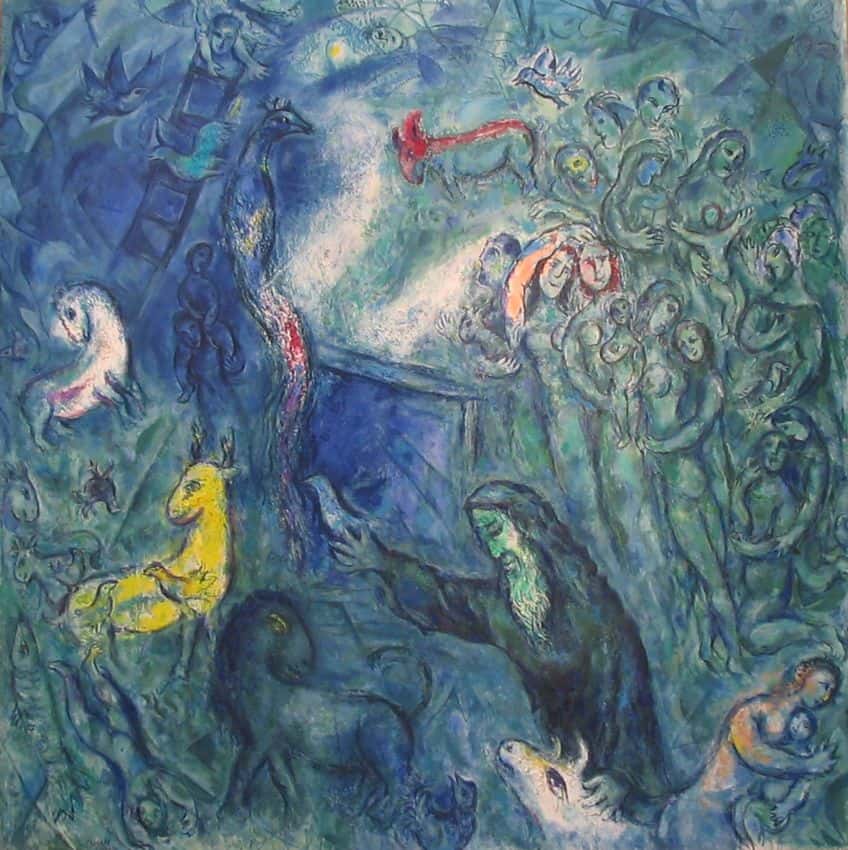
Max Lieberman and German-Jewish Painters
Max Lieberman is a notable German-Jewish painter, part of the late 19th and early 20th-century art scene. His impressionist style captured everyday life scenes, often highlighting the ordinary person. Lieberman played a key role in the Berlin Secession, a movement that promoted avant-garde art in Germany. His works, The Flax Barn at Laren and Mowers, are celebrated examples of his dedication to naturalism and modern life. Another significant German-Jewish artist was Moritz Daniel Oppenheim, who is often referred to as the first Jewish painter of the modern era.
Oppenheim mainly focused on Jewish themes and culture, painting scenes of everyday Jewish life with sensitivity and detail.
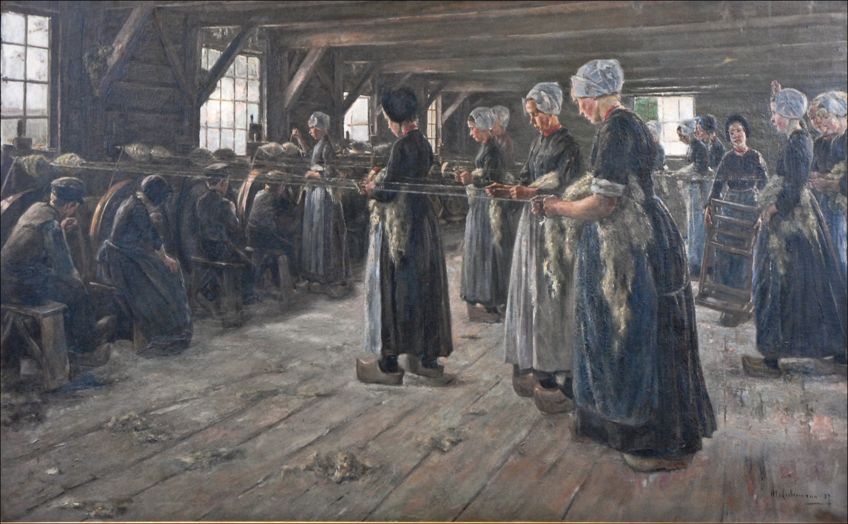
Russian-French Artists: Marc Chagall and Chaim Soutine
Marc Chagall and Chaim Soutine were central figures in the Russian-French art scene during the 20th century. Marc Chagall, known for his vivid, dreamlike imagery, often incorporated elements of Jewish folklore and culture into his works.
Chagall’s famous pieces, such as I and the Village and White Crucifixion, reflect his unique blend of surrealism and symbolism.
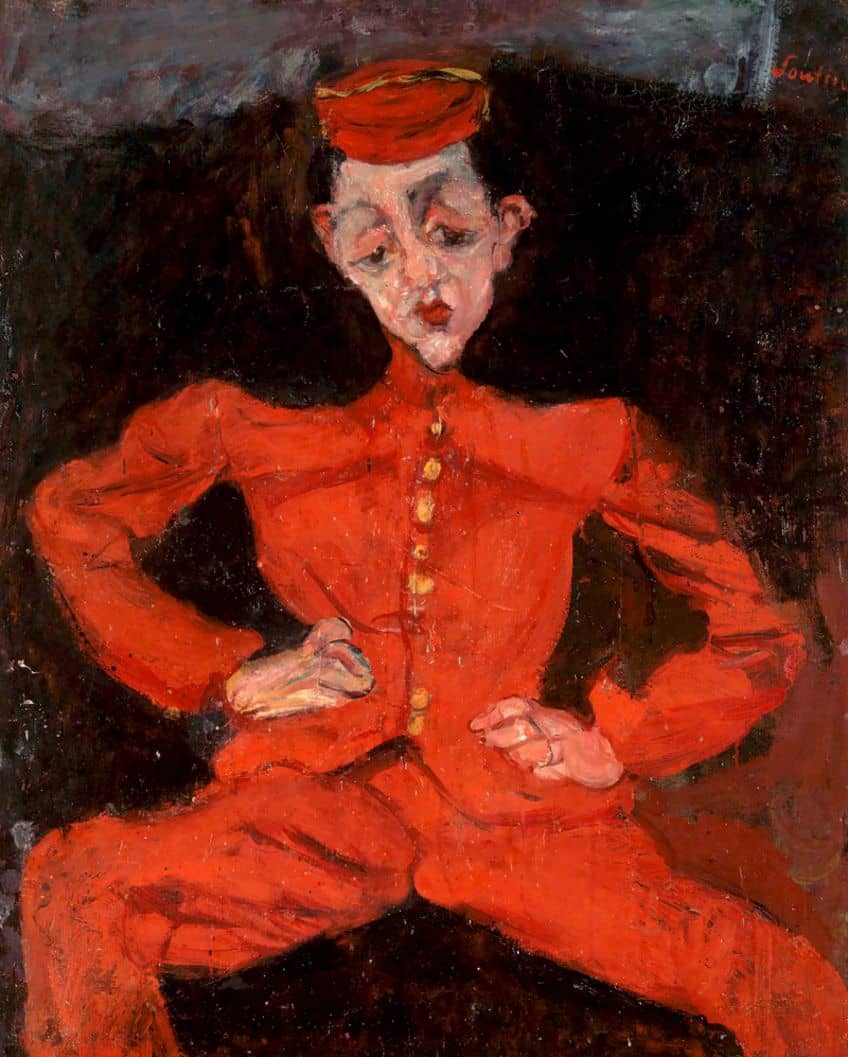
He is celebrated for his murals and stained glass windows, which can be seen in places like the UN headquarters and the Hadassah Medical Center in Jerusalem. Chaïm Soutine, another important Russian-French artist, is best known for his expressionist portraits and landscapes. His works, such as The Groom and Carcass of Beef, are characterized by their intense color and emotional depth. Soutine’s style influenced many later artists and remains impactful in modern art.
Sculptors and Designers Influencing Modernism
Jewish sculptors and designers have significantly influenced modernism in the 20th century. One prominent figure is Menashe Kadishman, an Israeli sculptor known for his large steel sculptures and public art installations. His pieces often explore themes of Israel’s history and culture.
Another influential designer was Isamu Noguchi, though not Jewish himself, collaborated with Jewish artists and incorporated their modernist ideas into his designs.
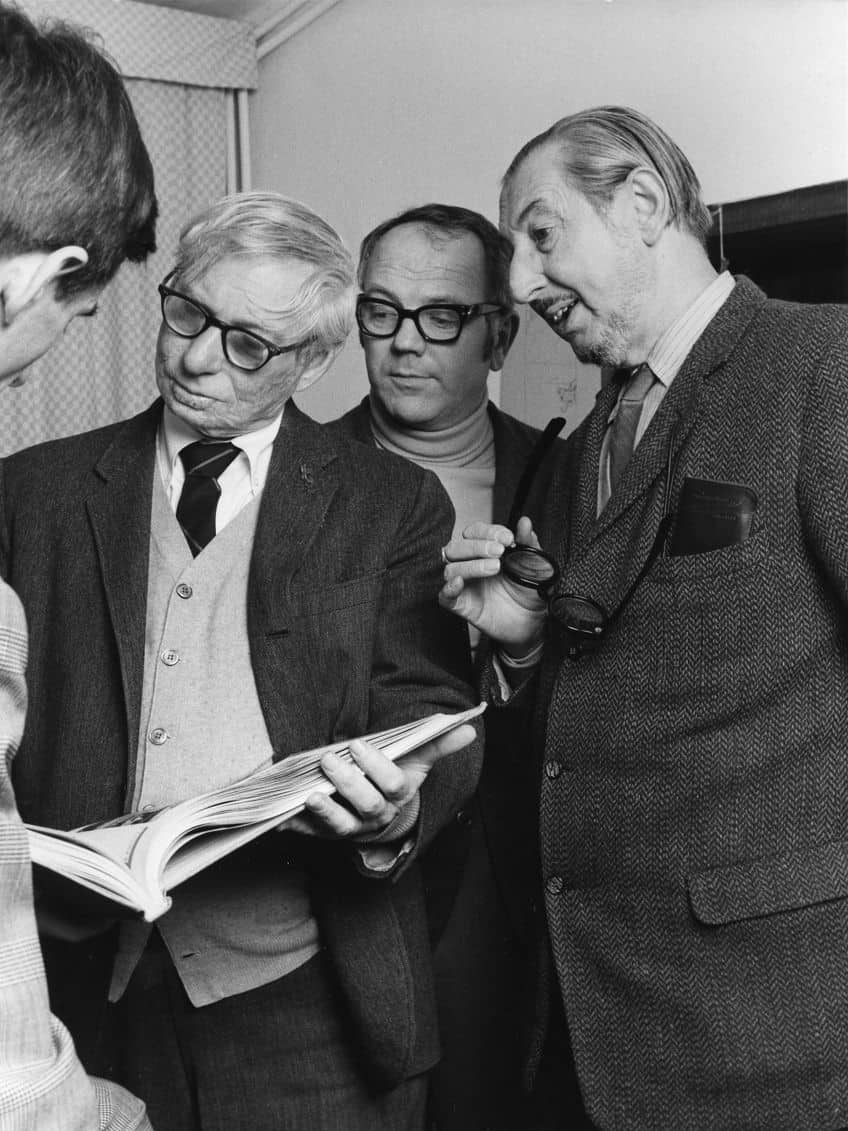
He worked closely with architect Louis Kahn, whose architectural designs have left a lasting legacy in modern architecture. These artists and their contributions continue to shape the landscape of modern art, blending their cultural heritage with innovative artistic expressions.
Artistic Movements and Jewish Expression
Jewish artists have significantly influenced various artistic movements, injecting their unique perspectives and cultural backgrounds into the broader art scene. This section dives into how they engaged with Cubism, Impressionism, and Avant-Garde, explored Jewish life through Expressionism, and contributed to Bauhaus and modern art.

Cubism, Impressionism, and Avant-Garde
Cubism and Impressionism saw notable contributions from Jewish artists. Camille Pissarro, a principal Impressionist painter, played a key role in the development of this style. Despite financial struggles, he remained dedicated to his craft, influencing the movement with his unique perspective. In the Avant-Garde movement, Jewish artists brought forward radical ideas that reshaped modern art. Their works often intersected with political themes, pushing the boundaries of traditional art.
These artists were instrumental in merging artistic experimentation with societal commentary, broadening the influence of Avant-Garde art globally.
Expressionism and the Exploration of Jewish Life
Expressionism allowed Jewish artists to delve into the exploration of their identity and heritage. This movement, with its focus on emotional experience, provided a platform for artists to reflect on Jewish life, culture, and spirituality. Figures like Chaim Soutine and Marc Chagall stand out in this context. Soutine’s intense, emotionally charged works often depicted struggles and resilience, while Chagall’s paintings combined Jewish folklore with vibrant imagery. Their contributions underscored a deep, personal connection to their roots, portraying Jewish life in both ordinary and profound ways.

Bauhaus, Typography, and Jewish Pioneers in Modern Art
The Bauhaus movement also saw significant Jewish contributions, particularly in the fields of typography and design. Jewish artists and designers were pivotal in shaping modernist art, focusing on functionalism and the integration of art into everyday life. Figures such as Laszlo Moholy-Nagy brought innovative approaches to these disciplines. His work in typography and photomontage broke new ground, influencing contemporary design philosophies.
These Jewish pioneers helped lay the foundations for modernist aesthetics, leaving a lasting impact on both art and design.
Cultural Influence and Legacy
Jewish artists have had a significant impact on various artistic fields, shaping entertainment, music, visual art, and cultural preservation. Their contributions are a testament to the enduring influence of Jewish heritage and traditions.

Jewish Artists in Entertainment and Music
Jewish artists have left a mark on the entertainment industry, particularly in music. Billy Joel and Bob Dylan, two iconic musicians, have made substantial contributions with their unique styles. Joel’s Piano Man and Dylan’s Blowin’ in the Wind have become cultural anthems.
Jewish lyricists like E.Y. “Yip” Harburg, known for his work on The Wizard of Oz, have brought Jewish narratives to mainstream media. These artists have helped bridge cultural gaps and highlight the Jewish experience through their music.
Feminist Art and the Jewish Experience
Feminist art has seen notable contributions from Jewish artists like Judy Chicago. Her work, The Dinner Party, is a key piece in feminist art, highlighting women’s roles and stories throughout history. Chicago’s art often intertwines traditional Jewish symbols with themes of female empowerment and social justice. The Jewish experience in feminist art explores themes such as oppression, resilience, and identity. These works often challenge societal norms and invite viewers to reconsider the roles of women in cultural and historical contexts.
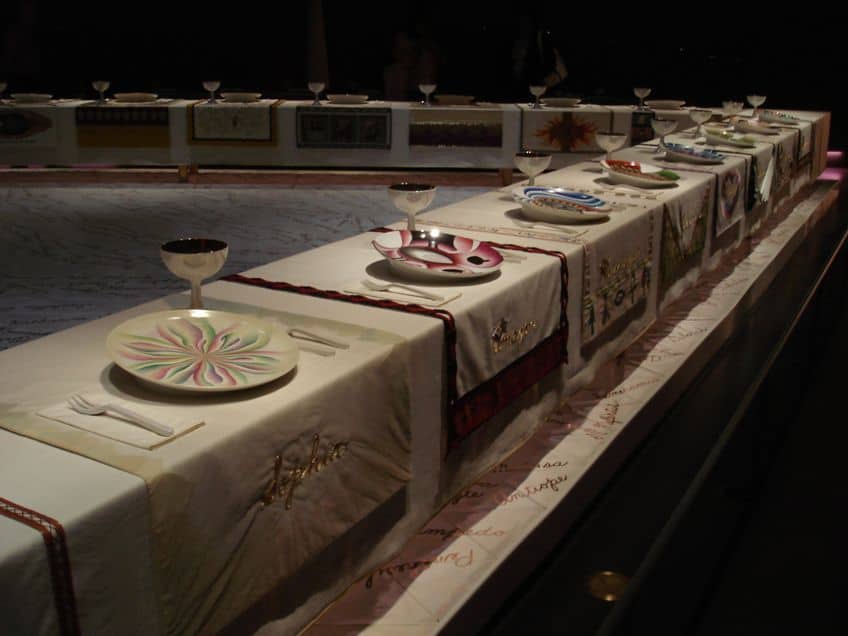
Preservation of Jewish Heritage and Tradition
Art has played a crucial role in preserving Jewish heritage and traditions. Folk art, ceramics, and tapestries often depict Jewish rituals, holidays, and daily life, maintaining a visual narrative of their culture. Fine art prints by Jewish artists illustrate stories from the Torah and other religious texts. This preservation is vital in keeping the rich history of Judaism alive for future generations.
These artistic endeavors provide continuity and a sense of identity within the Jewish community.
Influence on Film, Literature, and Popular Culture
Jewish influence extends deeply into film, literature, and pop culture. Directors like Steven Spielberg have redefined cinema with films that incorporate Jewish themes and stories. Authors such as Philip Roth have enriched literature with narratives exploring Jewish identity. In popular culture, Jewish artists bring diverse perspectives, shaping dialogues around social justice, faith, and globalization. Their impact is seen in the storytelling techniques and thematic exploration of identity and morality.

The legacy of famous Jewish artists is a testament to the enduring influence of Jewish culture and identity in the world of art. From the mystical realms of Chagall’s canvases to the existential depth of Rothko’s color fields, these artists have transcended boundaries and left an indelible mark on the history of art. Their works, rich with personal and cultural significance, continue to inspire and provoke thought, bridging the past and present while exploring universal themes of humanity, spirituality, and resilience. As we celebrate their contributions, we acknowledge not only their artistic genius but also their role in enriching the cultural tapestry of our global heritage.
Frequently Asked Questions
Who Are Some Notable Jewish Painters from the 20th Century?
Marc Chagall stands out for his unique style blending Cubism, Symbolism, and Fauvism. Born in Belarus, his works often depict Jewish life and folklore. Another significant figure is Amedeo Modigliani. Known for his portraits and nudes, he significantly impacted modern art.
Which Jewish Artist Is Known for Their Contribution to Abstract Art?
Lee Krasner, an influential painter, played a key role in the Abstract Expressionist movement. Her dynamic compositions and use of color were groundbreaking. Mark Rothko is also a notable name. His large, color field paintings evoke deep emotional responses and are central to the abstract art movement.
Who Was the First Jewish Artist to Achieve Widespread Acclaim?
Moritz Daniel Oppenheim is often regarded as the first Jewish artist to gain widespread recognition. A 19th-century painter, he depicted Jewish life with dignity, bridging the gap between Jewish culture and European art traditions.
Isabella studied at the University of Cape Town in South Africa and graduated with a Bachelor of Arts majoring in English Literature & Language and Psychology. Throughout her undergraduate years, she took Art History as an additional subject and absolutely loved it. Building on from her art history knowledge that began in high school, art has always been a particular area of fascination for her. From learning about artworks previously unknown to her, or sharpening her existing understanding of specific works, the ability to continue learning within this interesting sphere excites her greatly.
Her focal points of interest in art history encompass profiling specific artists and art movements, as it is these areas where she is able to really dig deep into the rich narrative of the art world. Additionally, she particularly enjoys exploring the different artistic styles of the 20th century, as well as the important impact that female artists have had on the development of art history.
Learn more about Isabella Meyer and the Art in Context Team.
Cite this Article
Isabella, Meyer, “Famous Jewish Artists – A Rich Cultural and Artistic Heritage.” Art in Context. July 18, 2024. URL: https://artincontext.org/famous-jewish-artists/
Meyer, I. (2024, 18 July). Famous Jewish Artists – A Rich Cultural and Artistic Heritage. Art in Context. https://artincontext.org/famous-jewish-artists/
Meyer, Isabella. “Famous Jewish Artists – A Rich Cultural and Artistic Heritage.” Art in Context, July 18, 2024. https://artincontext.org/famous-jewish-artists/.







